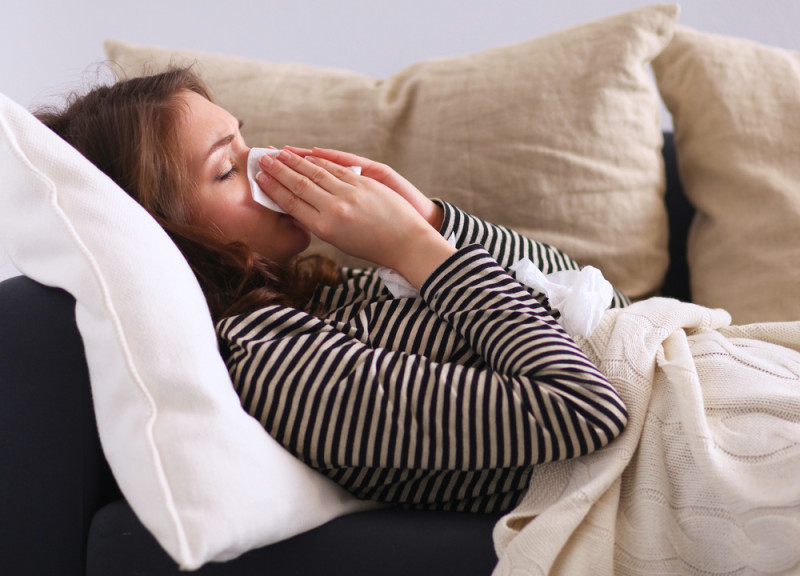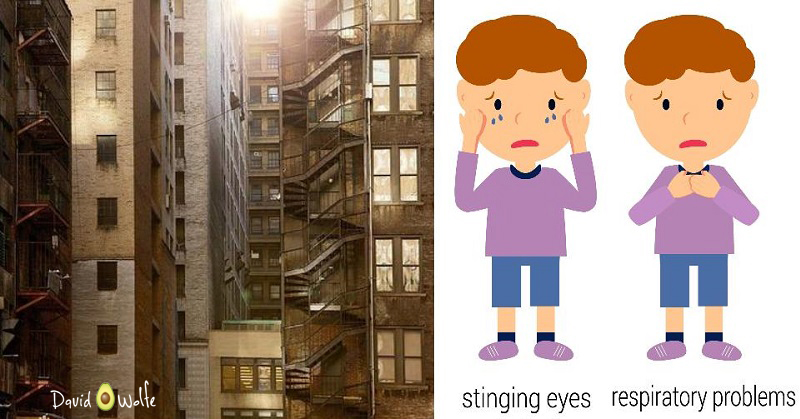If you have experienced unexplained nausea, headaches, dizziness, fatigue and have had difficulty concentrating, they might be signs of something that never crossed your mind. Sick building syndrome (SBS) is an illness comprised of various nonspecific symptoms that occur as a result of exposure to harmful chemical toxins at home or in a work building.
Most who suffer from sick building syndrome are spending long periods of time in well-sealed and poorly ventilated buildings that contain toxins in the air. These can include synthetic fibers in furniture, formaldehyde used in manufacturing, dust mites, mold and mildew, cigarette smoke, and gasses released from fabric, among others.
This syndrome is being reported more often and it is becoming a major occupational hazard. Complaints may be specific to one particular room, or they may be widespread throughout the building. Throat sensitivity, dry or itching skin, cold, flu-like symptoms and sensitivity to odors are among other symptoms that have been reported. Most of those who have suffered from SBS report relief soon after leaving the building, but the lingering effects of toxins can cause more severe problems.
Symptoms of sick building syndrome can develop into building-related illness (BRI) over time, which is accompanied by more serious symptoms, including cough, chest pain, shortness of breath, palpitations, nose bleeds, cancers, pregnancy problems, fever and pneumonia. BRI can also cause humidifier fever, which occurs from breathing in water droplets from a humidifier that is heavily contaminated with microorganisms causing respiratory infections and asthma. Humidifier fever does not cause permanent lung damage, but one suffering from it will experience flu-like symptoms.

Unlike sick building syndrome, the symptoms from building-related illness can be clinically defined and have causes that are clearly identifiable. BRI often requires a prolonged recovery time, and no further contact with the building.
Here’s a list of common causes of SBS to watch out for:
- Synthetic Insulation
- Poor Air Circulation
- Lack of Fresh Air
- Smoke
- Offgassing
- Dustmites
- Pet Dander
- Toxic Household Cleaners
- Construction Materials
- Bacteria from Toilet Bowl
- Mold and Mildew
- Lead or Toxic Paint
- Carbon Monoxide
- Oil and Gas Fumes
If you think you may be suffering from sick building syndrome or a building-related illness, check in with your physician. Symptoms may occur at different times, so it is common to shrug them off, but be sure to tell your doctor about all of the symptoms you’ve had over the past few months.
Active prevention is the only way to ensure that you stay safe from SBS and BRI. If you suspect that your home or workplace may be a carrier of SBS, the quality of air needs to be improved immediately. If you don’t have any indoor plants in your home, consider buying a few. They can increase the oxygen levels in your home while reducing the amount of toxins in the air. Aloe, Spider Plant, English Ivy and Peace Lily are just a few of the plants that can reduce air pollutants which include formaldehyde, benzene and microbial pathogens.
Harmful chemicals and toxins can be hiding in plain sight, in products you use every day. Formaldehyde can often be found in glue, plywood, insulation, lotions, soaps, shampoos, toothpaste, house cleaners and even baby wipes. Make sure you are reading every label to keep toxins out of your home and away from your body.
Watch the video below for more information on SBS:
h/t: curiosity


